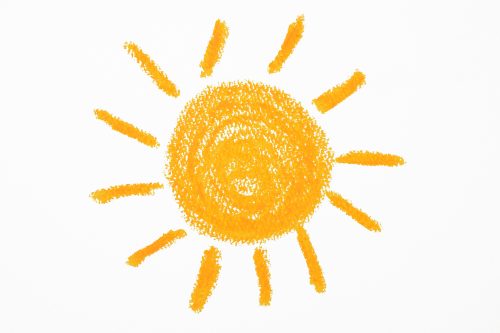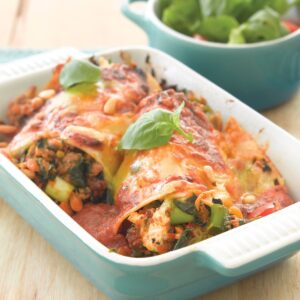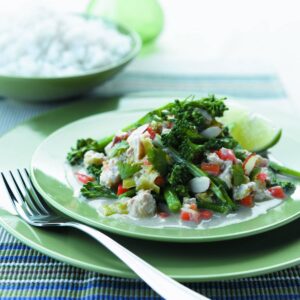
HFG senior nutritionist Rose Carr brings us the latest updates on skin cancer.
Skin cancer in New Zealand
Skin cancer is by far the most common cancer affecting New Zealanders. Our skin cancer rates are similar to Australia and together we are world leaders.
Over 90 per cent of skin cancers are caused by excessive exposure to sunlight and studies show that even a few serious sunburns can increase our risk of getting skin cancer in the future.
The role of sunscreen
Hopefully we’re all familiar with the message to ‘Slip, Slop, Slap and Wrap’: slip on some clothing and slip into some shade, slop on the sunscreen, slap on a hat and wrap on some sunglasses. But many of us are treating these as ‘pick and mix’ options when in fact we get our UV protection from the combination of these actions.
Sunscreens are the last line of defence – not something to be used in isolation to protect our skin. We need to reduce time outdoors during peak UV times, use shade and appropriate clothing, and use sunscreen.
Choose carefully
There’s one more important thing we need know about sunscreens. Some sunscreens are designed to only filter out UVB light but not UVA light. Most clothing on the other hand will protect our skin from all UV light.
Research has shown that in terms of developing skin cancer, protection from both UVA and UVB light is important. When choosing a sunscreen make sure you choose a broad spectrum sunscreen to filter both UVA and UVB. The Cancer Society recommends using broad spectrum, SPF30+ sunscreens.
What about food?
There is limited evidence that diet may influence the risk of squamous cell carcinomas (SCC) and other skin cancers. While this is mainly from laboratory studies, the Nambour skin cancer study in Australia followed 1600 people over 11 years. They found that diet was not associated with SCC risk in people with no history of skin cancer. However, among people with previous skin cancer, their results suggested consumption of green leafy vegetables may help prevent development of further SCC. They also found consumption of full-fat dairy products, such as whole milk, cheese and yoghurt, may increase SCC risk in susceptible people.
Sunscreen smarts
Sunscreens are filters: they do not block the sun altogether. SPF15 means that the sunscreen will let through one-fifteenth of the UVB light (that causes burning).
So if you would normally burn in 10 minutes, it will take 15 times longer than that to burn. Here’s the catch: these ratings are tested in laboratory conditions and researchers have realised that they are using around twice as much sunscreen in the laboratory than most of us are applying in real life. As a result, Gavin Greenoak, Scientific Director of the Australian Photobiology Testing Facility at the University of Sydney advises:
“Apply your sunscreen 15-20 minutes before going out into the sun. Then apply it again.” The Cancer Society also recommends reapplying our sunscreen every two hours.
www.healthyfood.com










